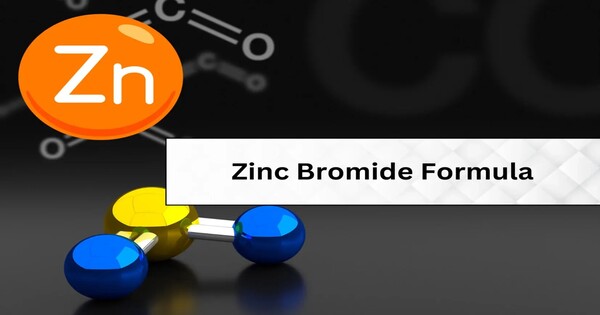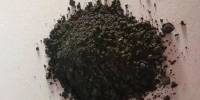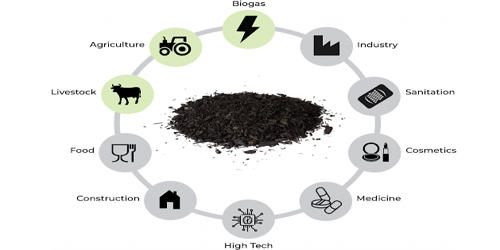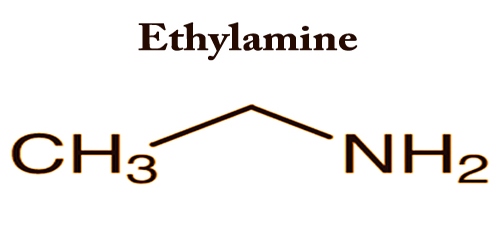Zinc bromide (ZnBr2) is an inorganic compound with the chemical formula ZnBr2. It typically appears as a white or colorless solid and is highly soluble in water. It is a colourless salt that shares many properties with zinc chloride (ZnCl2), namely a high solubility in water forming acidic solutions, and good solubility in organic solvents. It is hygroscopic and forms a dihydrate ZnBr2·2H2O.
Production
ZnBr2 · 2H2O is prepared by treating zinc oxide or zinc metal with hydrobromic acid.
ZnO + 2 HBr + H2O → ZnBr2·2H2O
Zn + 2 HBr → ZnBr2 + H2
The anhydrous material can be produced by dehydration of the dihydrate with hot CO2 or by reaction of zinc metal and bromine. Sublimation in a stream of hydrogen bromide also gives the anhydrous derivative.
Structure
ZnBr2 crystallizes in the same structure as ZnI2: four tetrahedral Zn centers share three vertices to form “super-tetrahedra” of nominal composition {Zn4Br10}2−, which are linked by their vertices to form a three-dimensional structure. The dihydrate ZnBr2 · 2H2O can be described as ([Zn(H2O)6]2+)2([Zn2Br6]2-).
Gaseous ZnBr2 is linear in accordance with VSEPR theory with a Zn-Br bond length of 221 pm.
Properties
- Chemical formula: ZnBr2
- Molar mass: 225.198 g/mol
- Appearance: white crystalline powder hygroscopic
- Density: 4.20 g/cm3 (20 °C), 4.22 g/cm3 (25 °C)
- Melting point: 394 °C (741 °F; 667 K)
- Boiling point: 697 °C (1,287 °F; 970 K)
- Solubility in water: 388 g/100 mL (0 °C), 675 g/100 mL (100 °C, for the anhydrous material)
- Solubility: very soluble in alcohol, ether, acetone, tetrahydrofuran
Occurrences
- Natural Sources: Zinc bromide does not occur naturally in significant quantities. Instead, it is usually synthesized for industrial use.
- Industrial Production: It is commonly produced by reacting zinc oxide or zinc carbonate with hydrobromic acid.
Uses
Zinc bromide is mainly used in servicing oil and natural gas wells, solutions of zinc bromide are used to displace drilling mud when transitioning from the drilling phase to the completion phase or in well workover operations.
- Industrial Applications: Used in the production of other chemicals and in various industrial processes.
- Photography: Historically used in some photographic processes.
- Drilling Fluids: Commonly used in oil and gas drilling fluids due to its ability to increase density and reduce the risk of blowouts.
- Electrolytes: Employed in some battery technologies.
Safety
Zinc bromide can be harmful if ingested or if it comes into contact with skin or eyes. Proper safety measures, such as gloves and goggles, should be used when handling it.
















